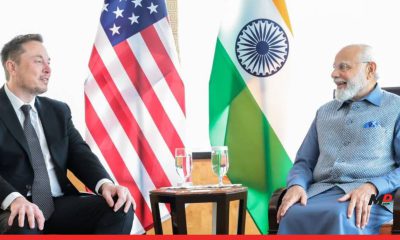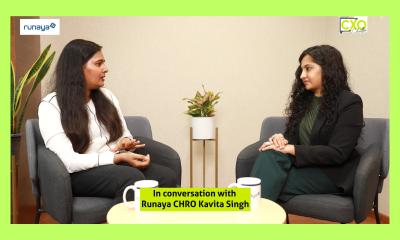Published
3 years agoon

Entrepreneurs have for long had an obsession with innovation, chasing that breakthrough idea that earns billions and changes the course of human history. Fresh ideas are essential in some situations, but so too is a desire to explore concepts pioneered by others. After all, to paraphrase what the great Picasso once said, the thin lines separating original from copy, and invention from plagiarism, can be a thin one, and it is not one explored often enough by entrepreneurs.
Startups are delicate things; get one piece of the puzzle wrong, and you fail to get the big picture right. Besides, businesses often get so focussed on doing multiple things correctly, that they forget to take a step back and simply focus on doing what they do best, while embracing best practices on other fronts.
In other words, innovate on one factor while copying everything else.
By emulating what works for other businesses, an entrepreneur may concentrate on doing one or a few things very well while knowing that the remaining components will almost certainly function right out of the box because they’ve been tried and proven successful by others.
Here are just a few examples of great brands and products built on this very premise.
Flipkart delivers on early promise
If imitation is the sincerest form of flattery, Jeff Bezos is surrounded by flatterers. The sheer number of Amazon ‘me-too’s’ that have cropped up around the globe is a testament to the success of Bezos’ business model. In fact, Amazon delivered more than proof of business model to the world; the creators of Flipkart took everything that Amazon had tried and proven (business strategy, organization chart, user experience) as a starting point and innovated on only a few elements that they considered needed uniqueness, one of them being India’s lack of extensive transportation infrastructure and credit cards.
As a result, they became the first in India to use cash on delivery to make internet retail work. Flipkart made sure they didn’t try to innovate on items that Amazon had already proven to be successful. Consider what would happen if, in addition to India-specific innovations, Flipkart changed its user interface, organizational chart, or business model. With so many unknown variables, a suboptimal answer for even one of them would have meant Flipkart’s demise.
Facebook steals an early march on rivals
The tale of Facebook’s founding has been immortalised in the movie, but let’s go over the breathtaking instances of plagiarism in brief.
Cameron and Tyler Winklevoss joined hands with fellow student Divya Narendra to create Facebook’s predecessor in 2002, which they named HarvardConnection (later ConnectU). In 2003, they roped in a certain Mark Zuckerberg to get the social networking site up and running. But as you know, things didn’t go exactly according to plan.
Zuckerberg was creating his own social network alongside this, which he launched as ‘thefacebook’ in 2004. The Winklevoss brothers and Narendra played the only card they could, that of filing a legal suit against the Facebook head honcho for theft of intellectual property. The trio won a protracted legal battle, walking away with a settlement of $65 million in 2008, but it was Zuckerberg left laughing all the way to the bank.
The ubiquitous light bulb
While Thomas Edison is often credited as the inventor of the light bulb, but the truth is that the American innovator often took the ideas of other inventors and combined it with his own know-how. The light bulb is merely the most famous example of this. After Canadian inventors Henry Woodward and Matthew Evans sold Edison their light bulb patent, he applied Joseph Swan’s designs for carbon filament electric lighting to it, although Edison was successfully sued for patent infringement by Swan. Edison also built on the work of American engineer William Sayer, which eventually prompted US authorities to cancel his patents.
Understanding why a solution works is more important than knowing that a solution works. It’s extremely easy to think something is a best practice when, in reality, such best practice depends on some non-obvious detail that you missed. So don’t hesitate before iterating someone else’s idea, and appropriating it for your own use.


Rs 10.7 Lakh Crore Lost in a Day: Will You Still Buy Gold After Nirmala Sitharaman’s Duty Cut?


Here’s why Elon Musk might need India more than he cares to admit


Why is Trump dodging a face-off with VP Kamala Harris?


CXO Chatter, with Kavita Singh, CHRO of Runaya


On’s LightSpray tech can make spray-on sneakers in just 5 minutes


Budget 2024: Focus Shifted from Suit-boot ki Sarkar to ‘Annadata’

